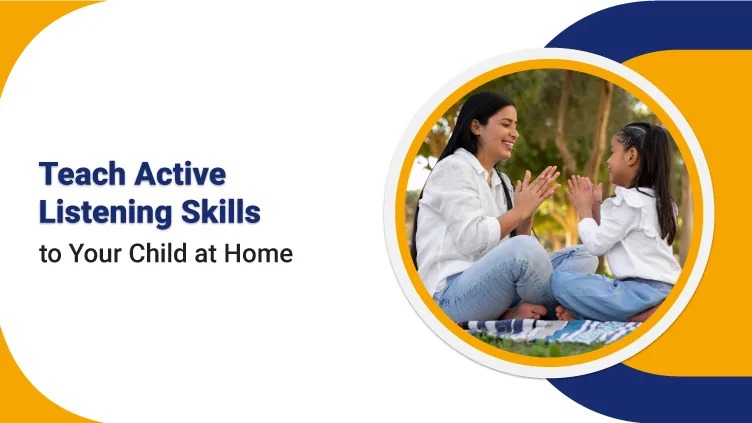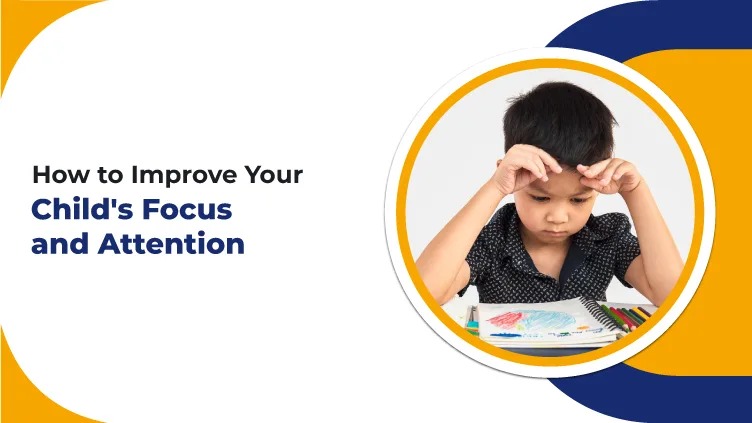Teaching Active Listening Skills to...

In today’s fast-paced digital world, meaningful communication often takes a backseat, even within families. The ability to truly listen is an essential skill that fosters understanding, empathy, and stronger relationships. Teaching children the art of active listening not only helps them process information better but also enhances their emotional intelligence and social skills. Parents play a crucial role in cultivating this habit, ensuring that communication becomes a two-way street where children feel heard and valued.
One of the best ways to encourage active listening is by modeling it yourself. Children learn from observation, so when parents give undivided attention, maintain eye contact, and respond thoughtfully, they set an example. Creating an environment where children feel comfortable expressing themselves without fear of judgment fosters self-confidence and trust. Simple acts like nodding, asking thoughtful questions, and acknowledging their emotions help them understand the importance of engaged communication.
Active listening is not just about hearing words but also understanding the emotions behind them. When children practice active listening, they develop stronger relationships, both at home and in school. It allows them to perform better academically by grasping instructions more effectively and helps them navigate social situations with empathy and confidence. Encouraging them to participate in conversations, ask questions, and reflect on discussions strengthens their ability to listen attentively.
Parents can integrate active listening into daily routines through simple techniques. Reading stories together and discussing character emotions, playing games like “Simon Says” or “Telephone,” and encouraging turn-taking in conversations can make listening an engaging practice. Using prompts like “What I hear you saying is…” teaches children to rephrase and confirm understanding, reinforcing the skill in a natural way. Digital tools and apps can also complement this learning by providing interactive exercises designed to enhance listening skills.
Teaching active listening is an investment in a child’s future, helping them build deeper connections, resolve conflicts more effectively, and express themselves with clarity. By fostering this skill at home, parents lay the foundation for meaningful communication that will benefit their children throughout their lives.





